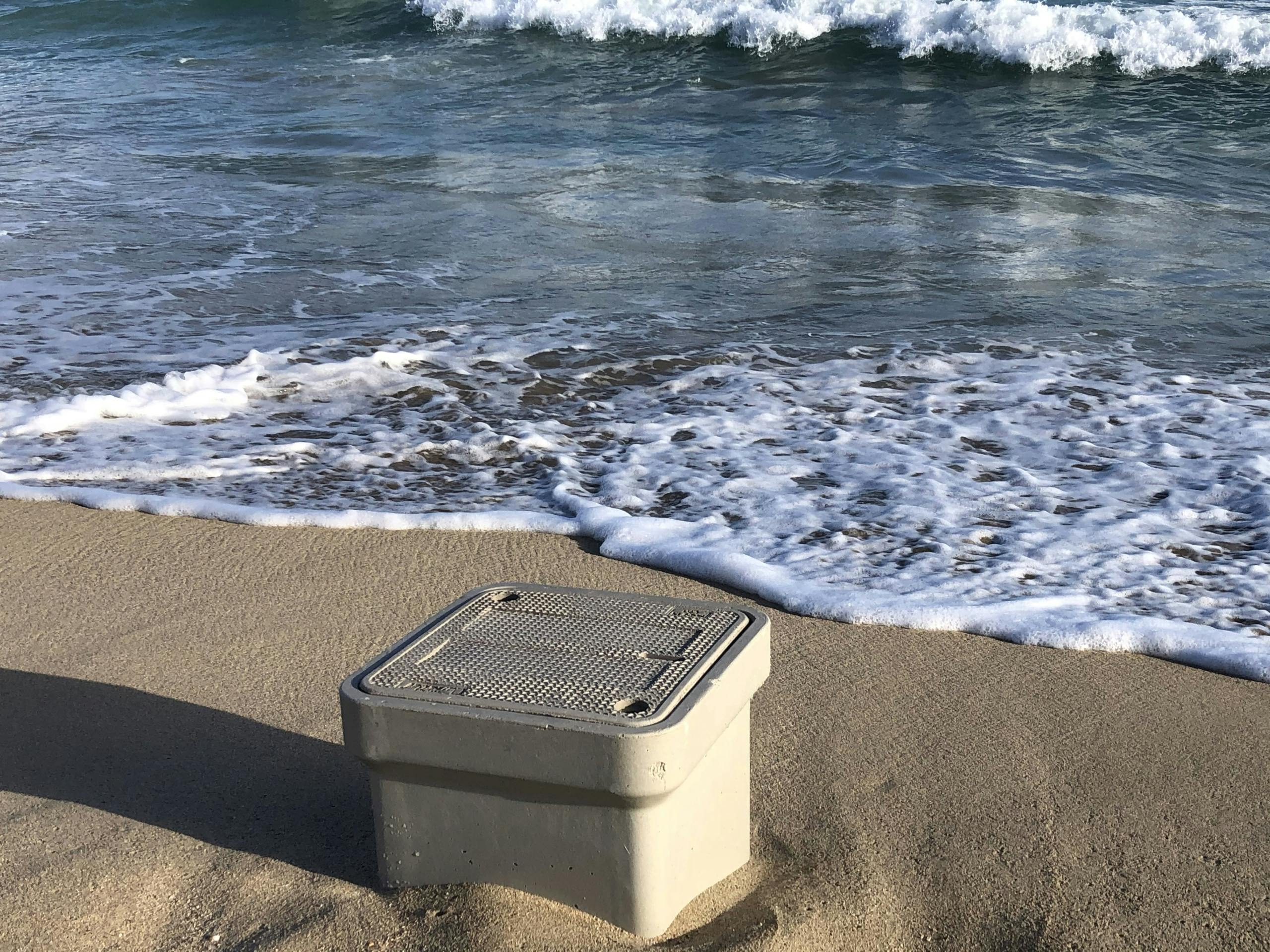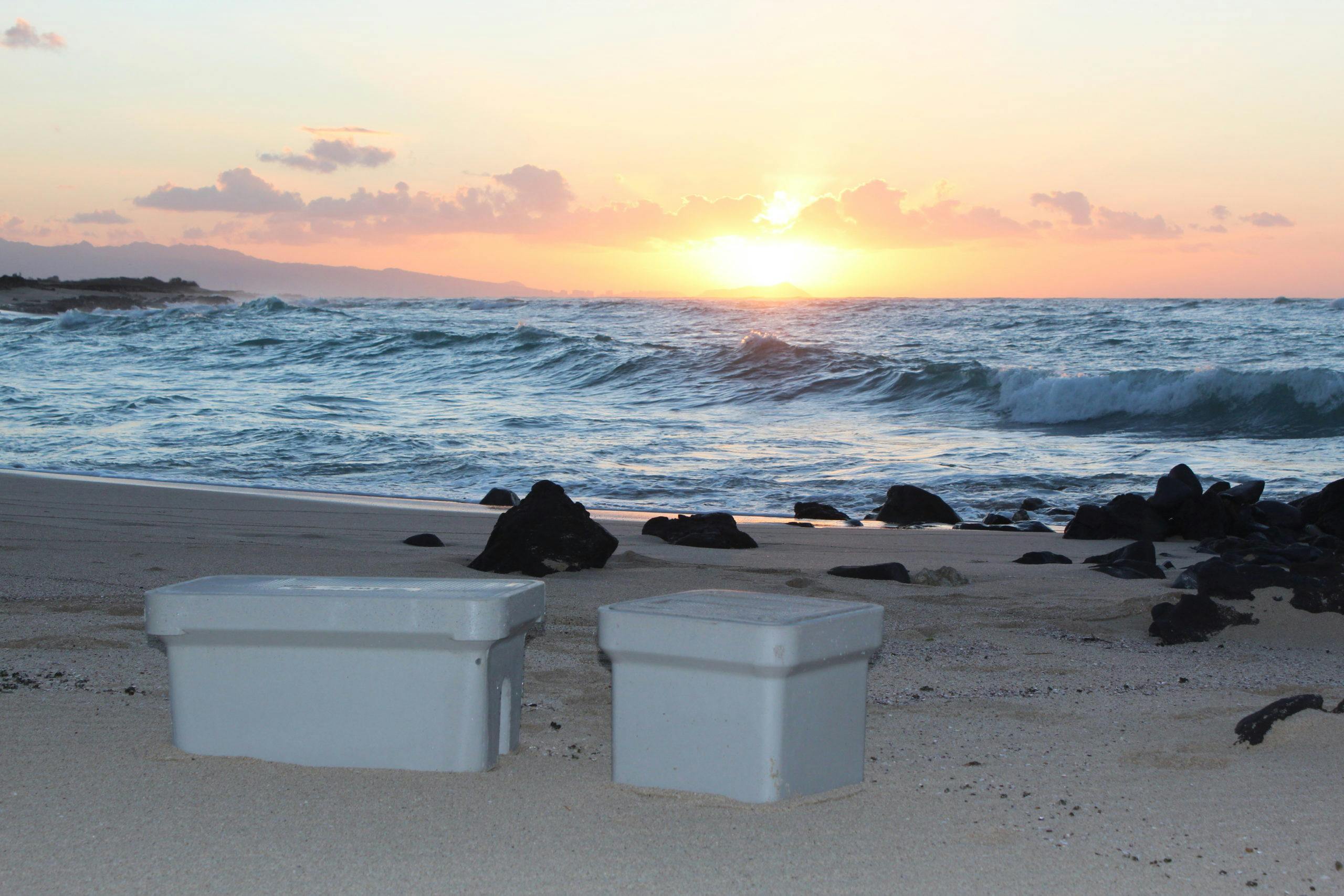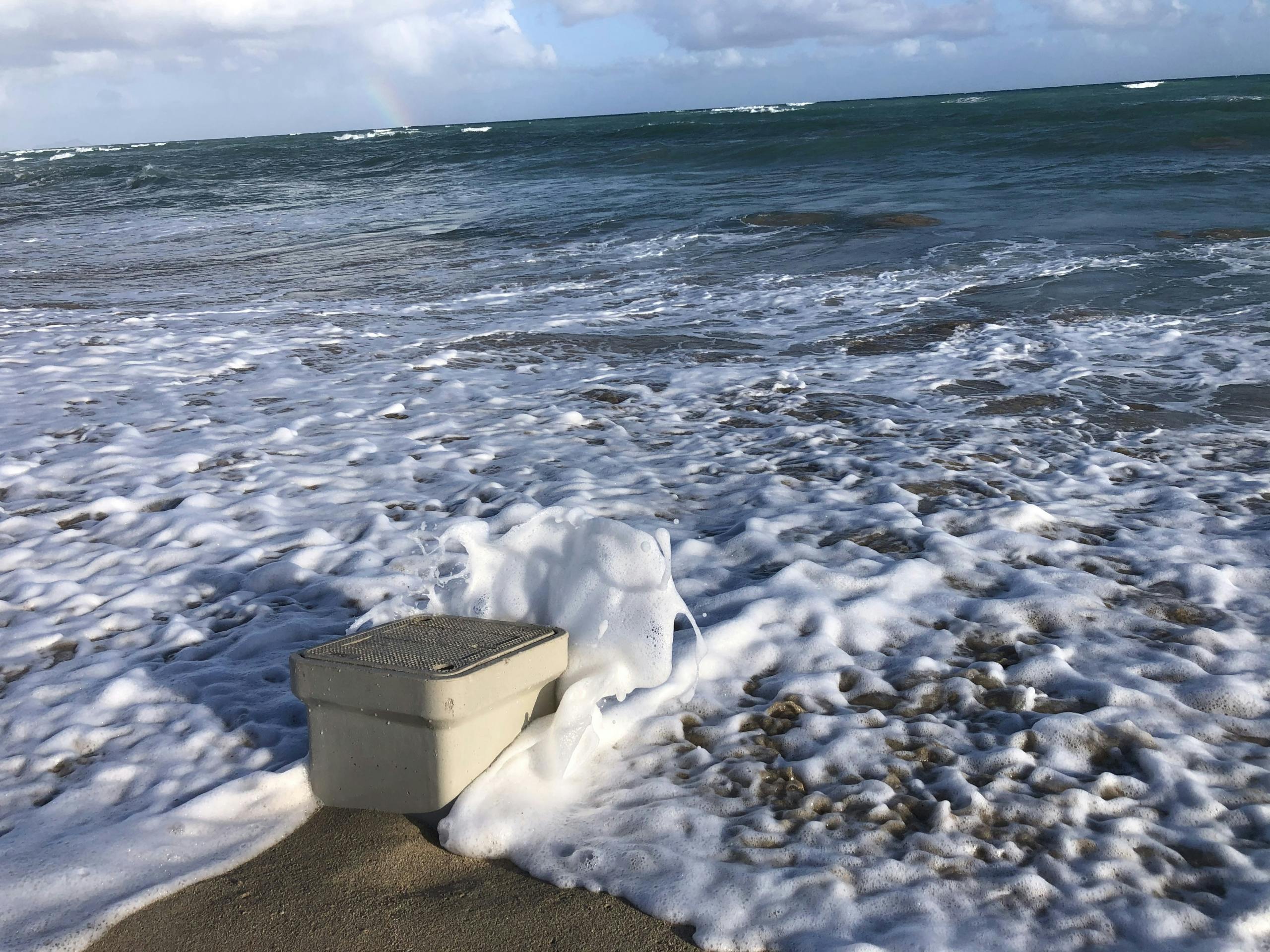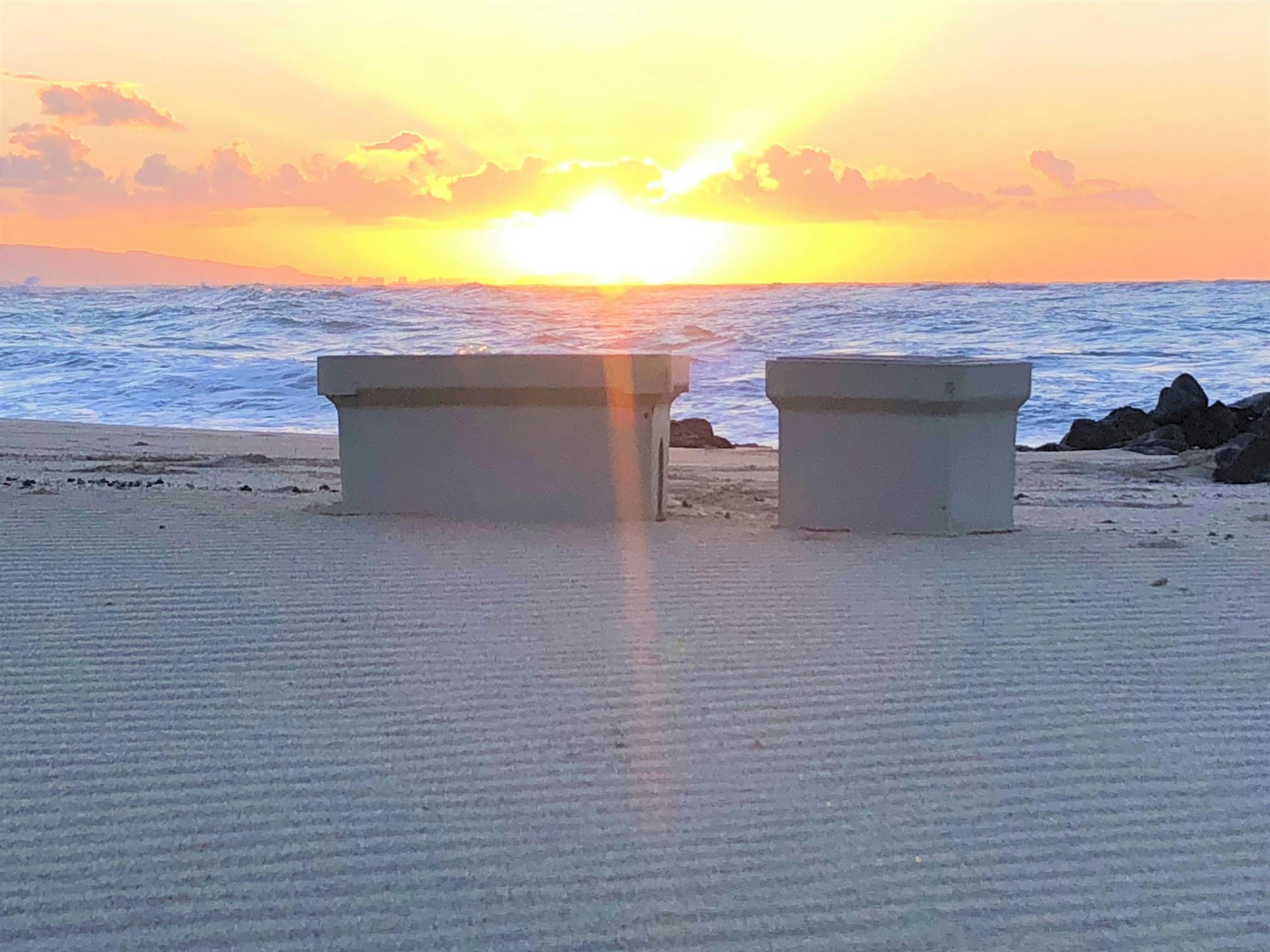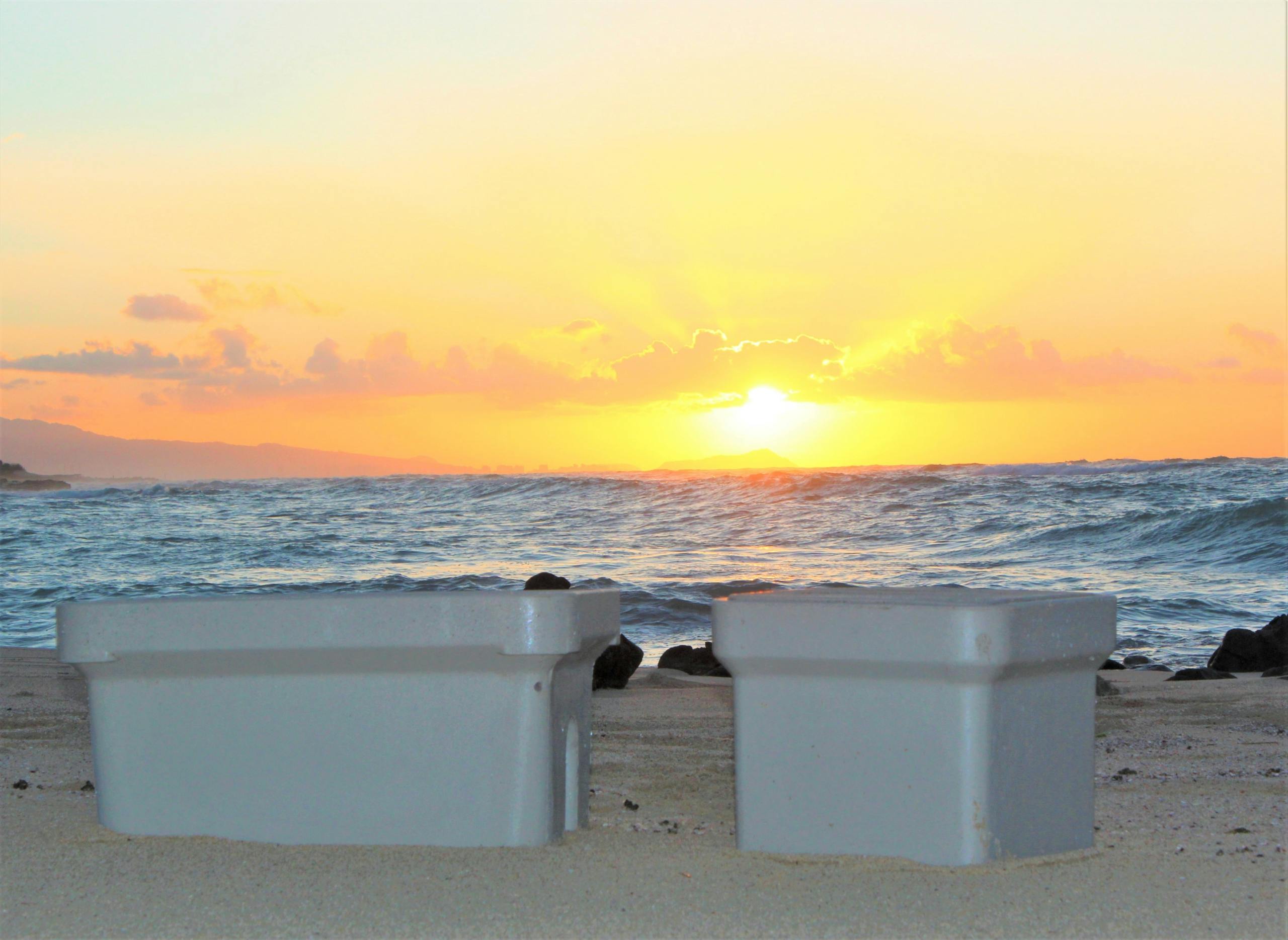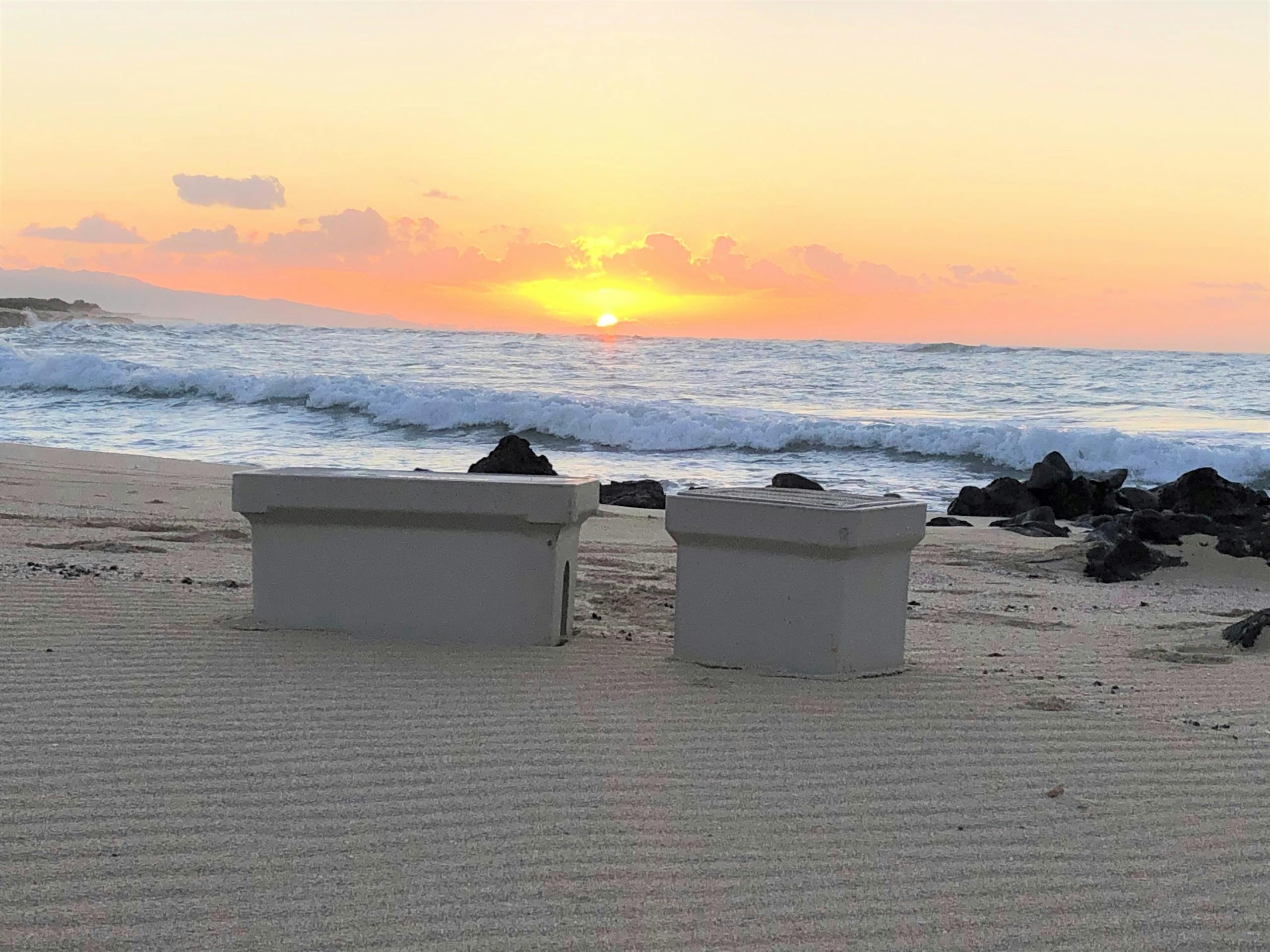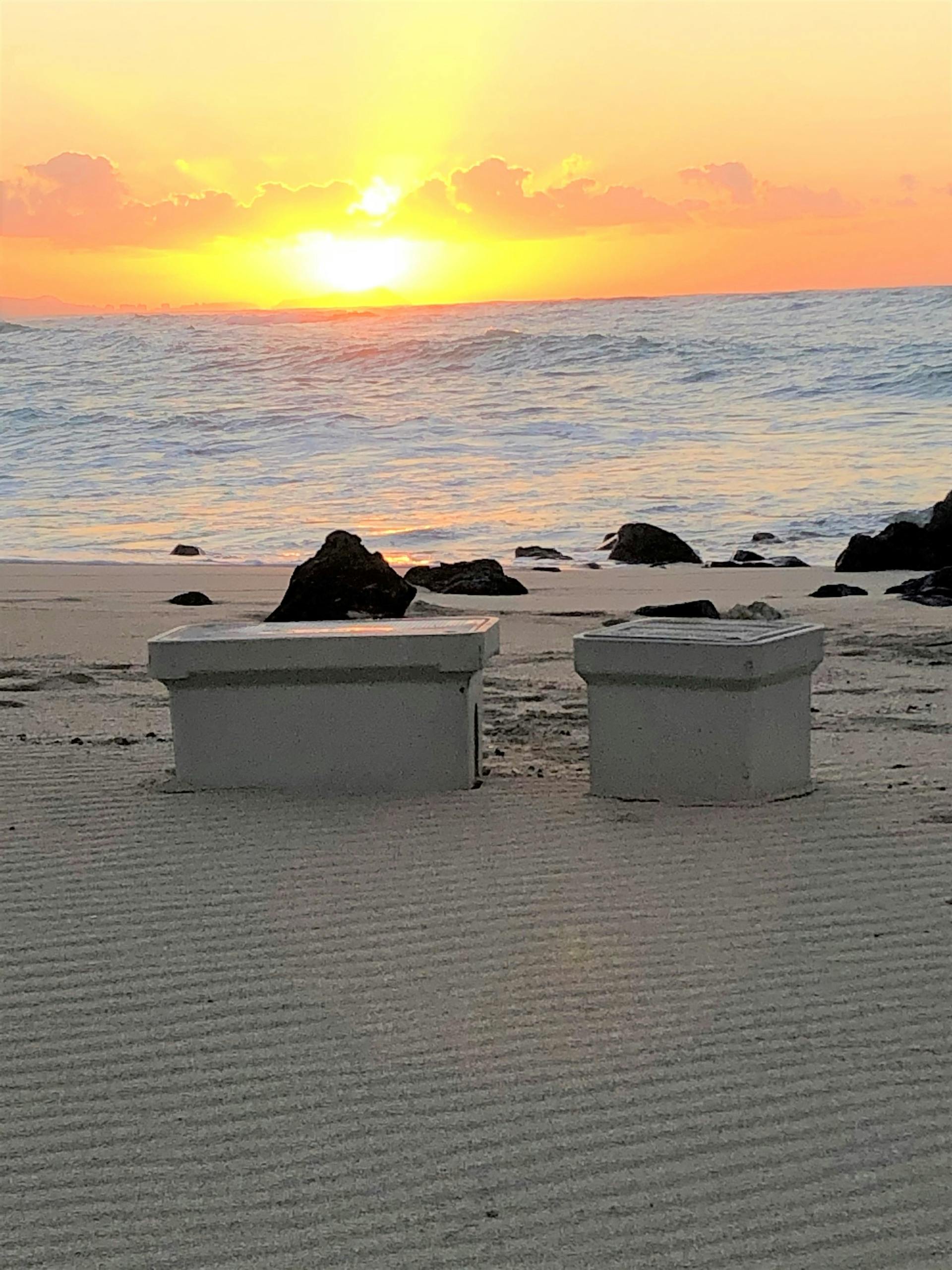Polymer Concrete Utility Handholes Catch a Wave in Hawaii
Ewa Beach, Oahu
Old fashioned legwork combined with a product that exudes quality has opened a new market for Jensen in Hawaii. Once a fledgling solution for island utility needs, polymer concrete dry utility boxes have caught on through relationship building, a ready supply, and a sharp looking product line.
The emergence of Jensen Composites has its genesis in manufacturing decisions made several years ago at the Bruce Street manufacturing facility in Las Vegas, Nevada. It blossomed most recently with a major contract secured by the Jensen plant in Kapolei, Oahu, to supply utility boxes to electrical contractors working on one of the largest development projects on the Hawaiian island: Hoopili. Manufactured at the Bruce Street facility, the products are making waves across the Pacific Ocean.
Hoopili by D.R. Horton is a multiyear, multibillion dollar master planned community on Oahu near Ewa Beach. The project includes 12,000 residential units, one of the island’s largest malls, and up to 3 million square feet of retail, with green space resort hotels, hundreds of restaurants, five public schools, and the University of Hawaii West Oahu campus. That represents a large amount of construction, which means a lot of infrastructure going into the ground, including Jensen polymer concrete utility boxes.
Creating a Market
Garret Lau, General Manager of Jensen Hawaii, credits Dawn Pak for kicking open the composites market for the company.
“Dawn has taken our polymer concrete products under her wing and basically built a market for Jensen in Hawaii that never existed before,” Lau says. “She has quickly gotten distributors to stock our product and has built relationships with those customers. With help from the team at Bruce Street, Dawn has been able to create a pricing strategy that is highly competitive with everybody else. Her efforts have really pushed it over the top.”
Pak has been an Outside Sales Representative for Jensen for a couple of years, which corresponds to the growth of the product line.
“I approached a handful of distributors here,” Pak explains. “We’re working with about four of them on the outer islands now and two of them here on Oahu, so it’s been pretty successful. We have sample boxes that we switch out. When the contractors come in, they ask about the boxes because they look different.”
The utility boxes come in four standard sizes: 12”x 12”, 13”x 24”, 17”x 30”, and 24”x 36”. Composite products are popular with electrical contractors because they are durable and weigh less than concrete.
Because of the initial groundwork by Pak, when the Hoopili project happened, local contractors already knew about the new polymer concrete boxes underway at Jensen. “When it came up on their plans,” Pak says, “they decided to price us out and ended up using us for the project.”


Creating Efficiencies
Ryan Black is the recently named Jensen Assistant General Manager for the growing Underground Enclosures product line and formerly served as the Las Vegas Bruce Street Plant Manager. He worked with Jensen Polymer Concrete Manager Mark Yoakum to find the efficiencies needed to ensure the polymer concrete boxes remain competitively priced.
“One of the areas where we’ve been able to pick up efficiency is on the logistics side,” Black says. “In the old process, the material had to go from the manufacturing plant to the distribution facility in Las Vegas to the packaging plant in Fontana, California, and finally over to Hawaii. We just recently loaded our first container right here at the manufacturing source. So instead of that product being handled three times, it was just loaded right here and didn’t get touched again until it was offloaded in Hawaii.”
On the research and development side, Yoakum has focused on improving quality and cutting waste. Jensen acquired the knowledge base for the polymer concrete product in the mid-2010s, but it needed refinement.
“Jensen President Eric Jensen came to me a little over five years ago and said he wanted to improve what the company had just purchased, which was the beginnings of a polymer facility,” Yoakum says. “Eric also said, ‘I want the best looking product you can possibly make.’” Yoakum searched the industry for the best tooling he could find and ended up with molds from B+S Engineering, a German maker of machines and molds for the precast concrete industry.
That was one piece of the puzzle. The other was the mix design.
“We improved our mixing technology and our ability to track raw materials by installing an automated Pro Logic Computer to track, distribute, and mix all the raw materials accurately so we would have a good quality base of materials,” Yoakum explains.
The investment in superior tooling and quality raw materials resulted in better quality control and a reduction in scrap rate. “We started out at around 18% to 19% scrap rate, and now we’ve got it down to less than 1%,” Yoakum says.
Formula for Success
The end result is a utility box with a smooth surface and finely honed features not commonly seen in other composite products of this type. It’s the teamwork of the Bruce Street team combined with the expertise from the Hawaii plant that has been the formula for success.
“Garret and his team, including Dawn, have been the number one drivers and champions of making this product line a focus, and the volume shows,” Black says. “Outside the Las Vegas market, where we’ve been doing it for years, they are the second largest distributor for us of that material.”
The Hoopili development has helped build sales of composites for the company, but there are additional products going into the project as well, says Jorelle Flint, Jensen Hawaii Sales Representative. The utility boxes would typically be installed underground near the housing communities and will house electrical utilities.
“Then as you move into the actual roadways, it shifts into larger structures, which are manholes,” Flint explains. “Hoopili is one of about five major projects on Oahu right now. The opportunity to provide precast concrete on this job has been very ample.”
The result is a modern, self-sustaining community with buried utility lines protected by Jensen concrete polymer utility boxes. “Here in Hawaii, we don’t like to see our cables in the air,” Flint says. “We want everything underground. It just makes for a more beautiful landscape, I gue ss.”
That’s good for Hawaii, and good for Jensen.
Add polymer concrete handholes to your project quote request now.
